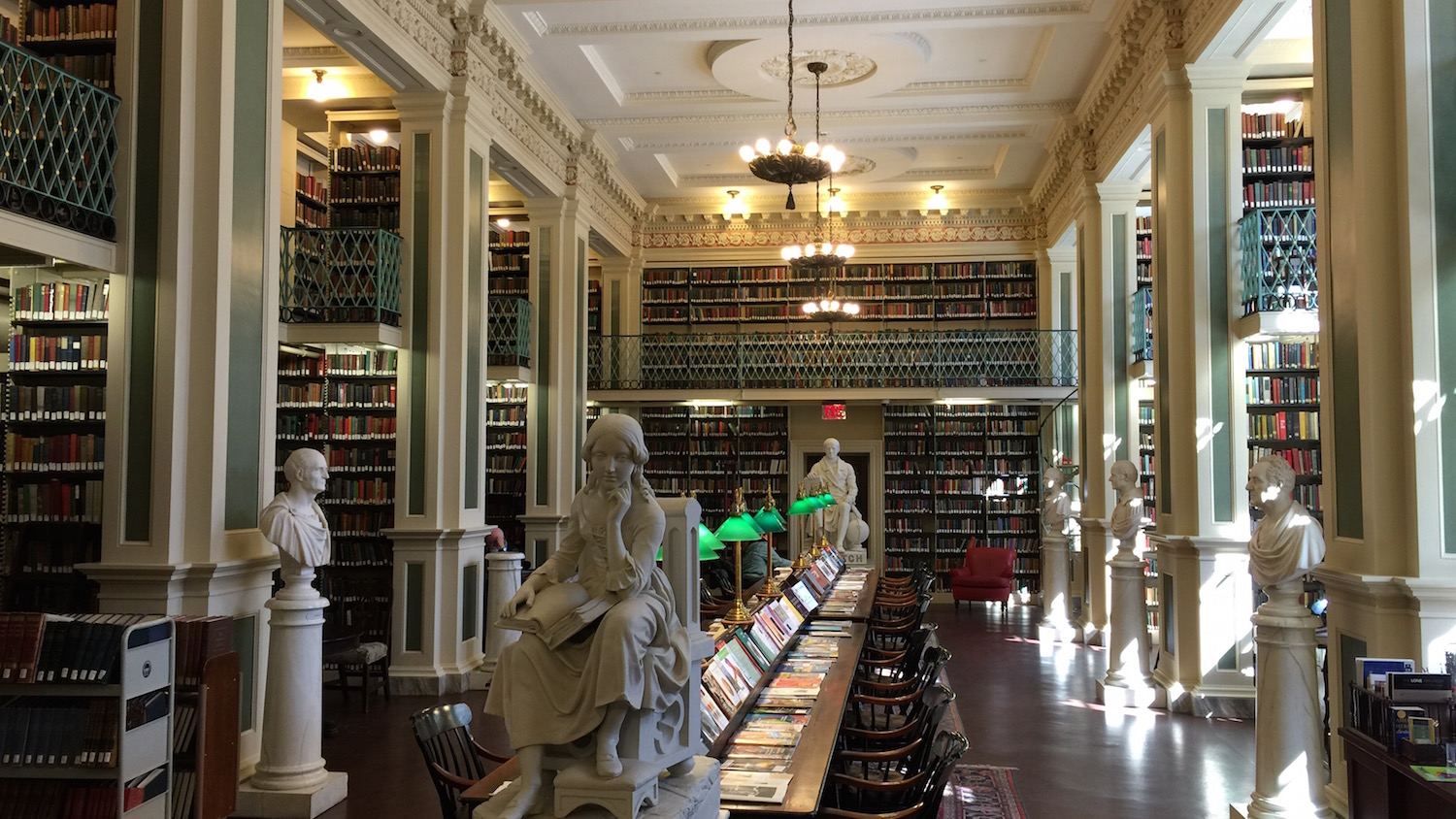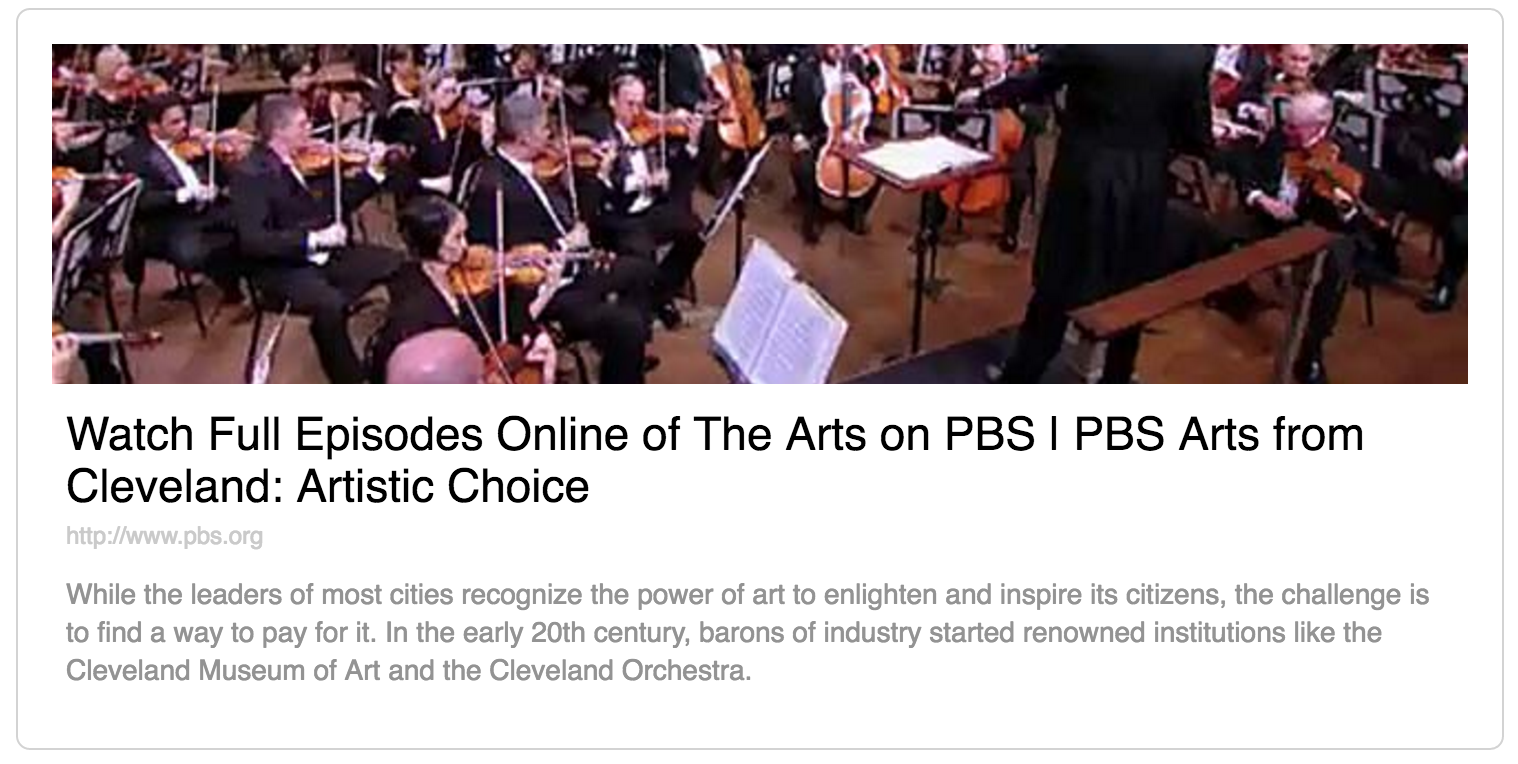Art Warriors – Art & the Battle Against “The Poverty of Aspiration”
August 8, 2016
During the Second World War, as the British government faced the daunting task of rebuilding a decimated economy, they commissioned a groundbreaking study on the causes of poverty. Sir William Beveridge and his committee described the five “giants” to be overcome; squalor, ignorance, want, idleness and disease. When the report was released (John) Maynard Keynes, the renowned economist, warned of an additional menace – a sixth giant – which he eloquently described as “the poverty of aspiration.”
Beveridge’s giants were tackled with proposals for welfare and poverty programs while Keynes prepared for battle with his sixth giant. He must have agreed with the wartime arts advocate who said, “We know what we’re fighting against, but what are we fighting for?” Keynes soldiered on to found the government-funded Arts Council of Great Britain (now called – Arts Council England). He ended up getting only half of the money he requested (£235,000) but important seeds were sewn. Arts Council England recently reported, “six hundred and sixty-three arts organisations in our national portfolio will receive £1 billion over the next three years and the money we invest in museums will be increased by £1.1 million to £22.6 million.”
This week a five million dollar “Triennial” was announced for Cleveland. It is the long term dream of Arts advocates and contemporary photography collectors, Fred & Laura Bidwell. The “Front” Triennial will employ sophisticated world-class site specific art installations dotted throughout the city to attract visitors and promote the civic art scene. Employing a strategy used in Europe for over a hundred a years, American cities like Cleveland, Miami and New Orleans are discovering the power of art to attract visitors and boost their economies.
The strategy can work. It has a long history of success in Europe. The best example is perhaps the Venice Biennale founded in 1895. As you probably know, every two years, the art world descends on Venice to discover what’s new in Contemporary Art. What you may not have considered is that last year the Biennale brought a record five hundred thousand Art-loving visitors to tiny Venice’s picturesque canals. Quite an accomplishment for a city of only 260,000 people. It has worked so well Venice now runs several Biennales including an Architecture Biennale (founded in 1980). It runs in the off years and attracts an additional 228,000 visitors.
Another great European example is Skulptur Projekte Münster held every ten years (since 1977) in Muenster, Germany. Mark your calendar as the next one comes up in 2017. With contemporary sculptures strategically placed all over the city, half a million visitors come away with increased affection for a city they might not otherwise have seen. I hope the Bidwell’s project for Cleveland can do the same thing.

Frank Gehry’s Guggenheim Museum (1997) is the iconic symbol of destination cultural architecture. Photo courtesy Guggenheim, Bilbao
Everyone seems to agree Art makes a city more interesting. It softens the edges. Frank Gehry proved it almost 20 years ago with the triumph of his Guggenheim Bilbao Museum (1997). His bold architectural statement has become an iconic symbol of the transformative power of art (and architecture) to jumpstart the civic economy. The Economist reports: “Visitors’ spending in Bilbao in the first three years after the museum opened raised over €100m ($110m) in taxes for the regional government, enough to recoup the construction costs and leave something over. Last year more than 1 million people visited the museum, at least half of them from abroad. This was the third-highest number ever, so the building continues to attract visitors even though the collection on display is modest. Other cities without historic cultural centres now look to Bilbao as a model for what vision and imagination can achieve.”
I write this from the Boston Athenaeum, a civic jewel box, bibliophile’s dream come true and a revered cultural sanctuary of Boston’s intellectual life. The Athenaeum, on its own small scale, learned this lesson early on. Founded as a private library in 1807, by 1826, it was using Art for outreach to like minds. As Kathryn Wolff describes in her book Culture Club, “As a purveyor of culture, the Boston Athenaeum would foster a new kind of social experience to Boston with formal Art exhibitions.” She credits “civic pride” as being one of the drivers and points out that for the next fifty years the Athenaeum was the only art museum in the city. The idea seems commonplace now but, I like to think of the courage it took for a small group in Venice or Boston (or Cleveland) to believe so strongly in the power of Art to attract outside attention as it enhances the lives of its citizens. When you look at the long-term success of what such thinking was able to generate it gives one faith that the formidable sixth giant of poverty can at least be wounded and perhaps ultimately vanquished.

Janet Echleman’s ethereal sculpture was part of the Boston Greenway’s public art initiative. Photo by Melissa Henry courtesy of the Artist
Here in Boston, the good fight continues. Boston’s many tourists and residents have been enthralled by high quality Contemporary Art installations on the Rose Kennedy Greenway. Last year, Janet Echelman’s ethereal spider-web-writ-large attracted huge attention and international press. Many of us applaud the success of the Greenway’s effective Public Art strategy. Boston’s civic investment in Art has a formal champion. Julie Burros is Boston’s Chief of Arts and Culture – a cabinet level position. On the heels of great acclaim in Chicago, where she was a driving force in its highly successful cultural plan, Burros is making recommendations of what works and what doesn’t. The year long study of Boston’s arts and culture scene (including its libraries) is now close to complete and recommendations are on the way. With research backing up strategy, Boston City Hall hopes to wisely spend it’s budgeted $1.3 million dollar investment.
There is one major obstacle to all these great intentions and it is not a secret. No question Art strategies for cities can work but it is hard to implement them if the Arts scene itself is anemic. Keynes would agree it all comes down to money. Well-funded art scenes make better warriors. Cleveland voters recently renewed an innovative arts funding strategy based on a cigarette tax. The strategy was the focus of a story TELOS created along with WVIZ PBS/Ideastream and broadcast on national PBS. Should other cities use a “sin tax” to fund their arts scene? If you love the arts, Cleveland’s success, outlined in the story below, makes the idea almost sinfully attractive.
If you are on a mobile device like an iPad, watch here: Artistic Choice: Cleveland Preserves a Legacy








